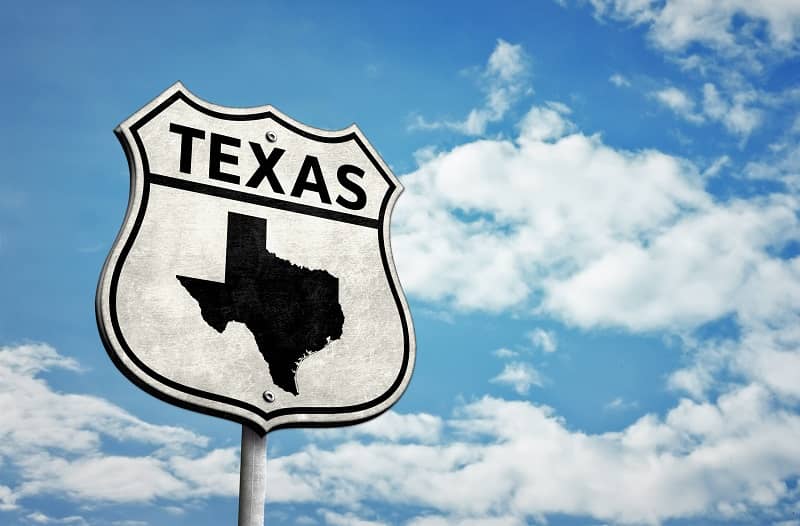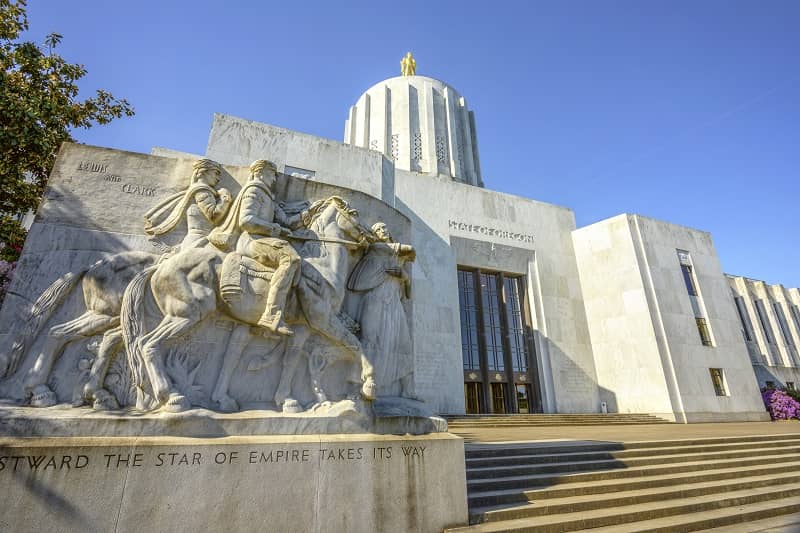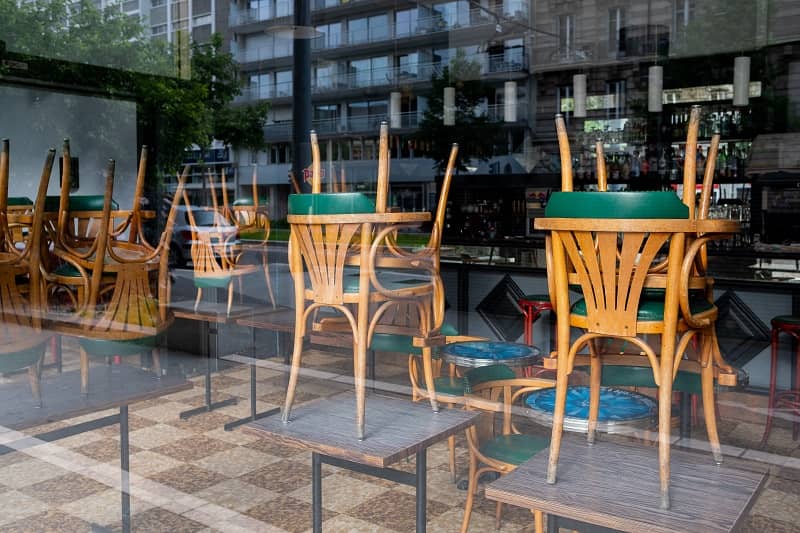Two years ago, the head of the Federal Transit Administration (FTA), Peter Rogoff, gave a speech to a room full of transit executives. His remarks were unusually blunt. Mr. Rogoff admitted that the transit planning process for new projects was biased in favor of light rail. But he reminded people that rail systems had significant long-term costs. FTA recently had concluded there were more than $78 billion in deferred maintenance costs for public transit agencies in the U.S., and three-fourths of those costs were associated with rail systems.
Mr. Rogoff pointed out that many local transit districts were seeking large federal grants for new rail lines, even though their overall levels of service were shrinking. He asked rhetorically, “If you can’t afford to operate the system you already have, why does it make sense for us to partner in your expansion?”
In the face of funding shortages at all levels of government, Mr. Rogoff reminded the executives that decisions about new transit service were moral decisions and that political leaders needed to “have the guts to say ‘no’ when everyone else wants to say ‘yes’.”
Unfortunately, Mr. Rogoff apparently forgot this speech as soon as he gave it. During the next two years, his agency encouraged Portland’s TriMet to continue planning for the most expensive transit project in the state’s history, the Portland-Milwaukie light rail line (PMLR). The Milwaukie line will cost more than $205 million per mile to construct and will destroy 68 businesses and 20 private homes.
In order to partially finance the so-called “local share” of the price tag (50% of construction cost), TriMet will have to sell $60 million of bonds in the next two years, and the debt service on those bonds will cannibalize bus service that has already been reduced four times since 2009.
Since TriMet service is shrinking, the agency is clearly in need of the “tough love” that Mr. Rogoff preached in 2010. Yet tomorrow, Mr. Rogoff himself will be in town to announce FTA approval of a Full Funding Grant Agreement (FFGA) that will waste some $745 million in federal money on the project over the next eight years.
There are many reasons why federal funding should have been denied years ago for the PMLR project. The most important is that TriMet has consistently violated FTA requirements that local transit agencies successfully operate federally funded capital projects for at least 20 years.
The most egregious example is the original MAX line that opened in 1986. At the time the Blue Line was being planned, TriMet promised that trains from Gateway to downtown Portland would run every five minutes during peak periods. Today, the actual frequency (known as “headways”) is every 8 minutes, or 60% worse than promised.
TriMet learned a lesson from this experience, but unfortunately it was the wrong lesson. Instead of killing the expensive rail program, TriMet simply lowered expectations for service on future rail lines. For the Yellow Line to North Portland, TriMet promised 10-minute service intervals for peak periods. Yet even with this lower bar, the agency could not meet its commitment. Peak-hour service on the Yellow Line currently operates at 15-minute headways, 50% below what was committed to.
The agency’s newest rail line, the Green Line to Clackamas Town Center, opened in September 2009. By then TriMet’s finances were so bad that project managers knew even before it opened that promised levels of service would not be met. Green Line service has been at least 33% below FFGA requirements since day one.
TriMet is now promising FTA that when the Milwaukie line opens in March 2016, it will offer peak-hour service every 10 minutes and off-peak service every 15 minutes. But since TriMet is unable to offer such service on any of its rail lines right now, no one should take this forecast seriously.
The saddest part about Milwaukie light rail is that it will make current transit riders in that corridor demonstrably worse off than they are today, due to the elimination of express bus routes. Nine buses stop at the Milwaukie Transit Center, and five of them travel on McLoughlin Boulevard to Portland city center. However, once light rail opens, all of these buses will no longer provide service north of Milwaukie. Transit customers boarding buses from points south will be forced to transfer at Milwaukie.
Light rail will also take longer than express bus service. The current scheduled time-of-travel for a trip from downtown Milwaukie to Portland State University on the #99 McLoughlin Express bus averages 17.5 minutes. An early morning run makes it in 12 minutes. The forecasted time of travel for light rail – which offers no express service – is roughly 19 minutes for the same distance.
None of this is necessary, because there is a very cheap alternative – a fact well known to Mr. Rogoff. Last month the FTA released a study, Metro Orange Line BRT Project Evaluation, looking at the cost-effectiveness of two different versions of bus rapid transit (BRT) in Los Angeles. The Orange Line is high-end BRT that resembles light rail because it has its own exclusive right-of-way and never has to travel in mixed-flow traffic. A second variation, known as the Metro Rapid bus, operates in general purpose arterial lanes, but achieves relatively high travel speeds simply by spacing stops apart by about 0.8 miles.
The study showed that in most respects, both light rail and exclusive-lane BRT are not cost-effective. The Metro Rapid bus system is the real bargain, especially compared with expensive light rail projects:
Capital Costs of Light Rail and Bus Rapid Transit Projects
|
Portland-Milw. Light Rail Line |
LA Gold Line Light Rail |
LA Orange Line BRT |
LA Metro Rapid BRT, Ventura Line |
|
|
Capital cost/mile |
$205 million |
$62.7 million |
$26 million |
$0.2 million |
Peter Rogoff is about to hand over $745 million in federal funds for a Portland light rail line that will cost 1,017 times more than the LA Metro Rapid system. In what ways is it 1,017 times better?
Actually, it’s not even as good. The Rapid Bus system is cheaper, more flexible, twice as fast, arrives more often, and is easier to implement.
For more than 25 years, the Federal Transit Administration has been playing Charlie Brown to TriMet’s Lucy. No matter how many times TriMet promises to successfully operate another light rail project, in the end they always yank the ball away from FTA. Yet, here is the FTA administrator, getting ready to tee up another new project.
We know how this is going to end. TriMet’s rail empire will grow by a tiny fraction, while more bus service gets cut. As Mr. Rogoff once said, we need someone with the guts to say “no,” but it certainly won’t be him.











